‘Get on with it’: defence industry responds to Blair’s call for stronger ties to speed up procurement
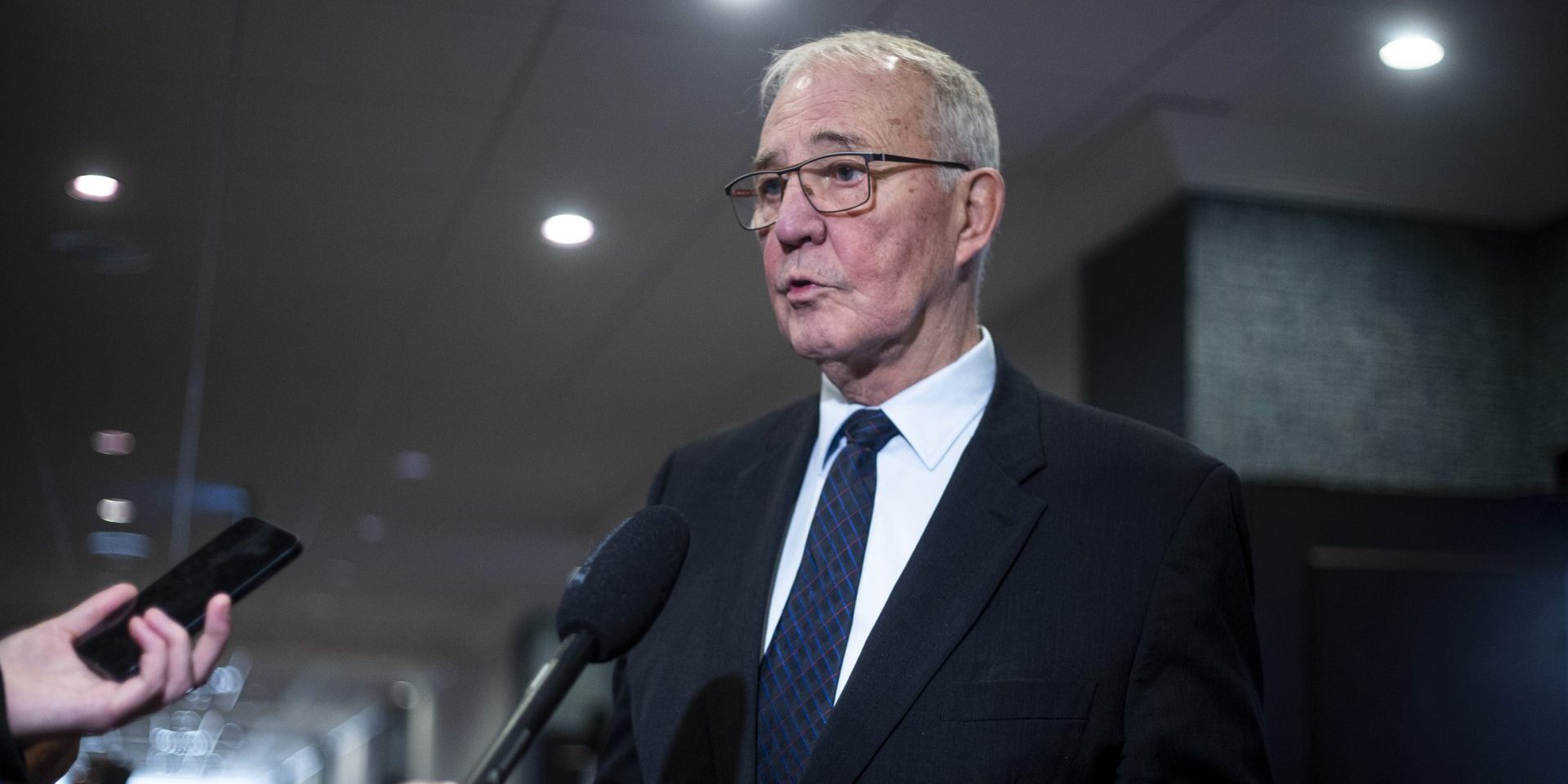
Defence Minister Bill Blair says the government wants to “redefine” its relationship with the defence industry to move faster on urgent procurements tied to national security priorities. But, an industry representative says companies can’t help achieve this outcome if Ottawa doesn’t have a clear spending strategy.
“You can’t ask industry to guess what the government’s plan is, and how much it will spend to achieve two per cent by 2032. Recommitting to it is not a plan—that’s a way of stakeholder managing,” said Christyn Cianfarani, president of the Canadian Association of Defence and Security Industries.
Speaking to leaders at a Canada Global Affairs Institute (CGAI) conference on Nov. 25, Blair (Scarborough Southwest, Ont.) said the Liberals want a different relationship with industry that he said “can’t just simply be transactional, but needs to be strategic.”
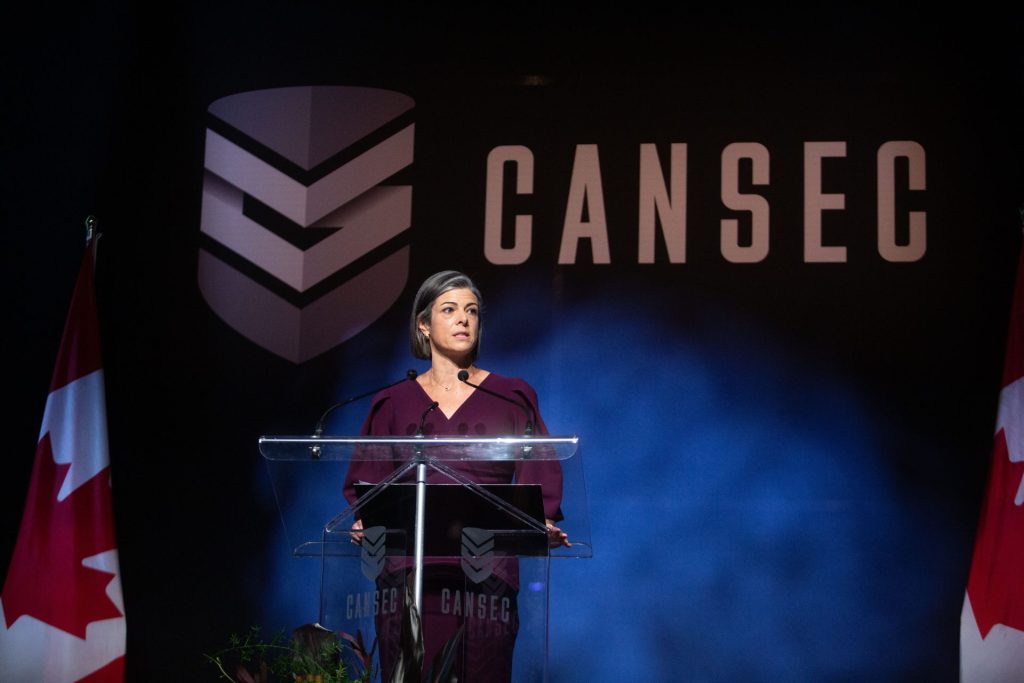
Reflecting on his July visit to Washington, D.C., with Prime Minister Justin Trudeau (Papineau, Que.), Blair said Canada recognizes the need to act faster to meet its commitment to NATO to allocate at least two per cent of GDP to national defence by 2032.
“But I’m not going to be able to go faster without a lot of help,” Blair said. “I need help from industry in order to make sure that we move forward on these procurements more speedily, and as required.”
“I’m a man in a hurry,” he told the industry leaders.
Blair emphasized that fostering partnerships would be key to successful defence procurement, equipping the Armed Forces to face future security challenges, and meeting Canada’s spending targets.
The minister said the renewed relationship would require a mutual understanding of expectations and challenges, and that he asked his team to “set a new table for ministerial-CEO discussions with industry” to achieve better understanding, and—ultimately—better procurement results.
Cianfarani said she wants to see Blair “get on with” his proposal to establish this forum for renewed dialogue with industry.
“We’ve provided the public service our thoughts on what a mechanism would look like, and it’s up to them to implement it. We encourage him to move fast on that idea. It’s well within his hands,” Cianfarani said in a Nov. 26 interview.
Blair said he understands industry leaders need more certainty from Ottawa, while the government seeks reassurance from them that long-term contracts will be fulfilled.
Cianfarani, whose organization represents more than 900 Canadian defence and security companies, said she is “growing a bit exasperated” over the lack of a clear government plan.
According to Cianfarani, this plan would include concrete steps such as a year-over-year spending outline, and clear investments that the government will make to meet NATO’s target. That should be articulated in the 2025 federal budget, and backed by funding commitments, she said.
“Right now, that commitment is just simply a lot of words,” she said.

Cianfarani agreed with Blair’s observation the relationship has been “very transactional,” but said industry is eager for “real conversations about where we need to go with national security and defence in this country.”
David Perry, president of CGAI, said if Blair leads efforts to engage Canada’s industrial base and hear their perspectives on improving procurement practices, it could “absolutely create a new dynamic” in procurement.
“The minister says a lot of the right kinds of things, and now people will be watching eagerly to see what actually comes with it,” Perry said in an interview after the conference.
Richard Shimooka, a defence procurement expert and senior fellow at the Macdonald-Laurier Institute, called the past relationship between the industry and government “strained.” He pointed to one example when Bill Matthews—then-deputy minister of National Defence, and the current secretary of the Treasury Board—reportedly blamed the industry for failing to deliver ammunition for Ukraine. Shimooka said that “was not taken very well by many.”
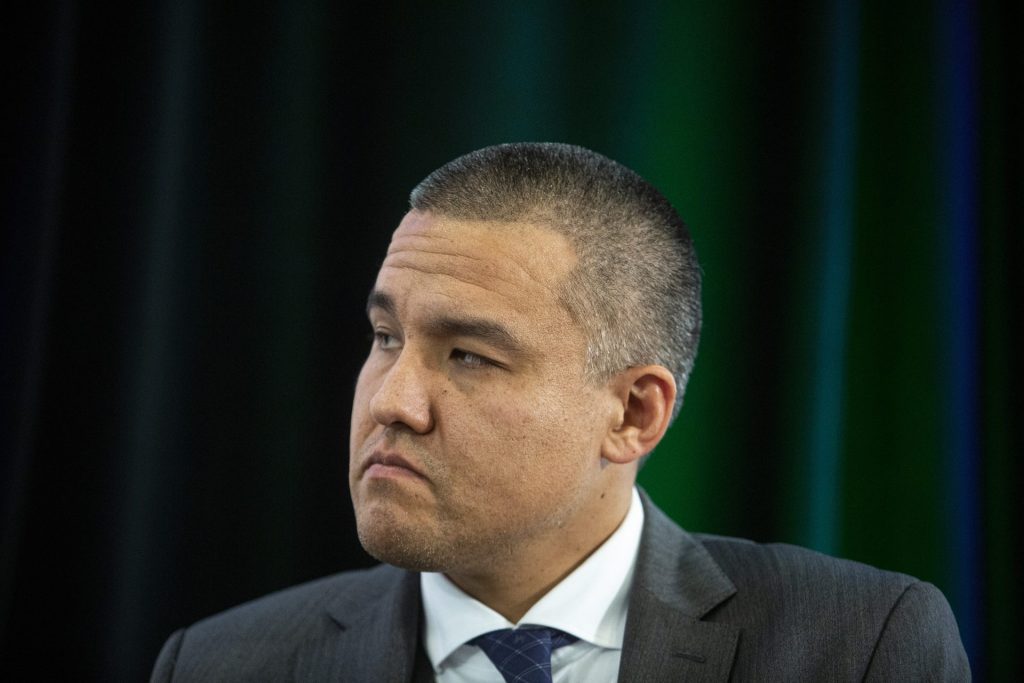
“It seems there is a more clear understanding that [industry relations] needs to be reformed and improved. We’ll see how this plays out, but I think that there are some in industry that remain wary,” Shimooka said.
According to Shimooka, some companies may be hesitant to accept what he described as an “olive branch” from Blair, and do business with the federal government.
“Canada is never going to be a big market for them, and [companies] still care about the United States more, because that is a bigger market, and funding is more sustained,” he explained.
Blair rejected reducing Canada’s defence policy to a “shopping list” in his speech, arguing procurement policies should reflect a larger strategic vision centred on national security and commitment to obligations to allies.
“I’m reluctant to sometimes come in and say: ‘here’s all the things I got to buy,’” he said.
Canada’s defence procurement system has long faced scrutiny for its inability to deliver projects on time and within budget. Programs like the replacement of fighter jets and naval vessels have been plagued by delays and ballooning costs, often blamed on excessive red tape and changing priorities.
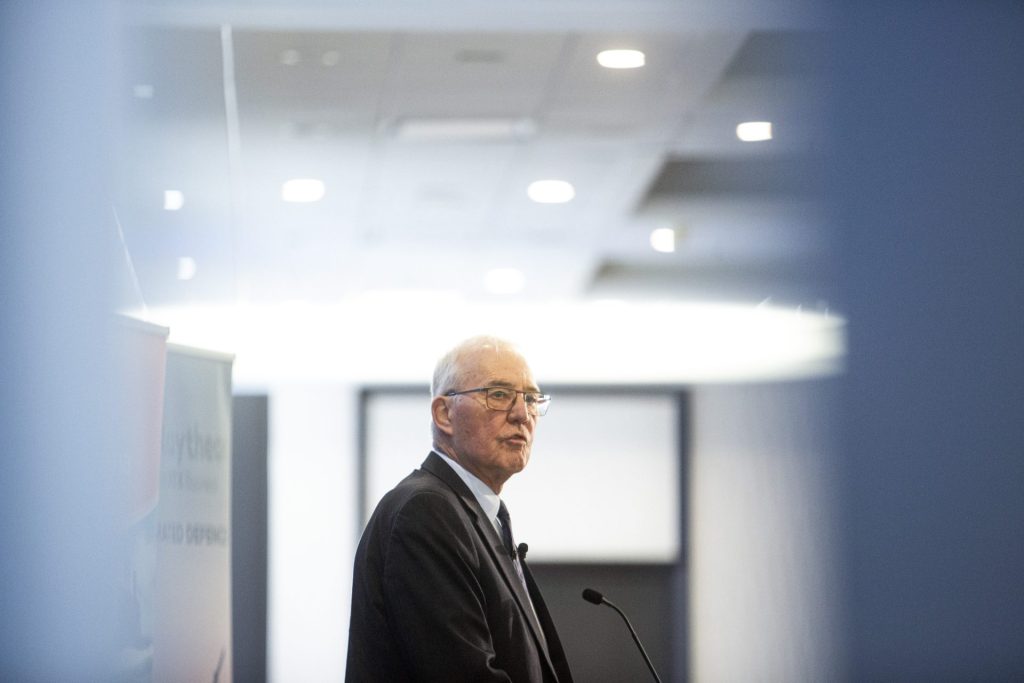
Blair also acknowledged that layers of bureaucracy designed to prevent errors bog down the government’s procurement apparatus. “We are buried in our processes and those layers of protection,” he said.
Blair’s remarks come at a time of heightened global tensions and an increased focus on defence spending and operational readiness across NATO allies. For Canada, addressing procurement inefficiencies has been a recurring challenge, with delays and budget overruns hindering the delivery of vital equipment to the Armed Forces.
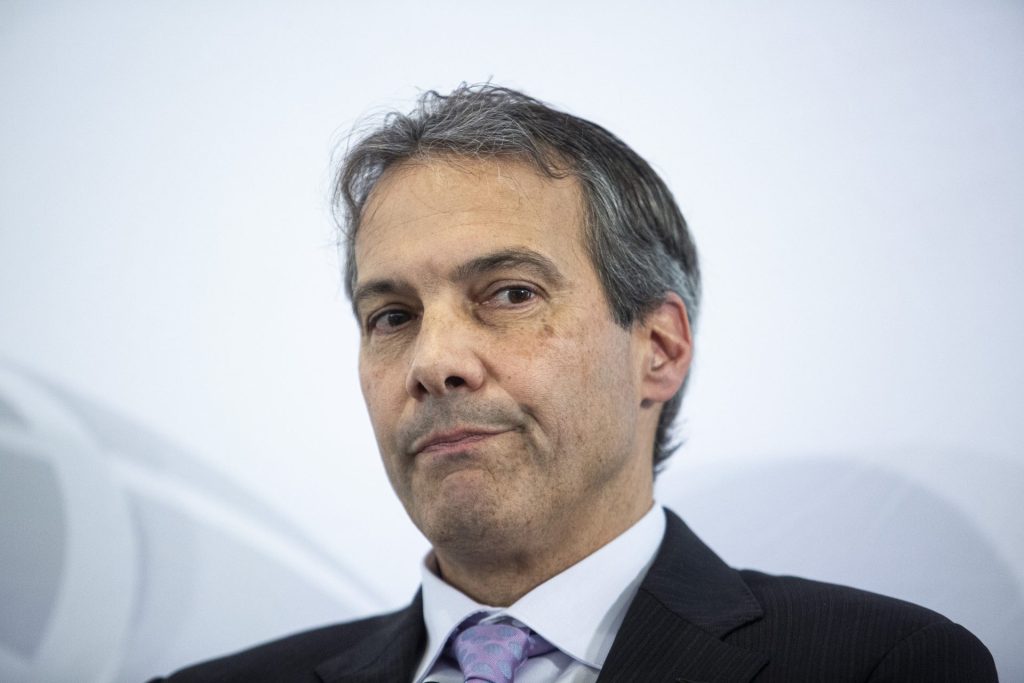
Simon Page, associate deputy minister of materiel for National Defence, said the department’s procurement system has been “very, very busy with multiple contracts” over the last year, driven by recently announced acquisitions and projects.
“The machine is supercharged,” he said.
Some of Canada’s largest defence procurement spending in the works includes the $19-billion purchase of 88 F-35 fighter jets to replace the aging CF-18 fleet. This fiscal year, the government has earmarked $1.28-billion for the Canadian Surface Combatant project, with plans to purchase 15 warships that the parliamentary budget officer estimates could cost up to $80-billion to acquire.
Other major projects outlined in the 2024-25 main estimates include $104-million for upgrading the Halifax-class frigates’ Point Defence Missile System, and $237-million for the continued construction of two Arctic and Offshore Patrol Ships. Canada is also committing $1-billion to modernize the four Victoria-class submarines, with plans to eventually replace them with 12 new submarines, potentially costing more than $100-billion by 2035.
The 2024 federal budget tasked the Defence Department with reducing planned spending by $810-million in the current fiscal year, and by $908-million annually in the following years.
But, according to Nancy Tremblay, assistant deputy minister for materiel at National Defence, the national procurement envelope was “pretty much protected” from these cuts, and has grown from approximately $3.3-billion in 2019 to $4.5-billion last year. Tremblay and Page both noted that sustaining military equipment has become costlier due to inflation, exchange rates, and the overlap of maintaining aging assets while acquiring new ones, posing a challenge for the department.
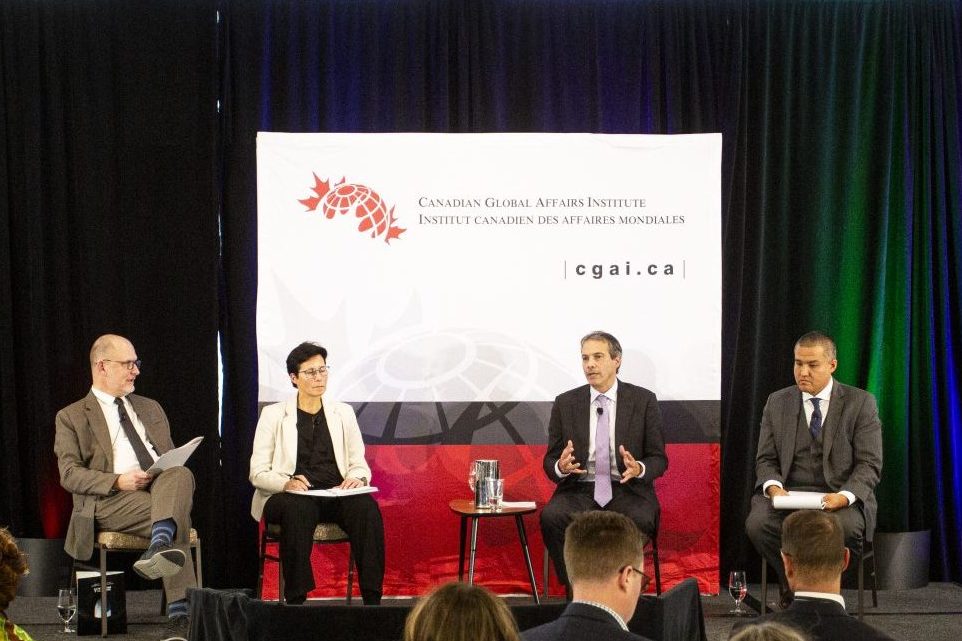
Better procurement calls for mindset change, says vice defence chief
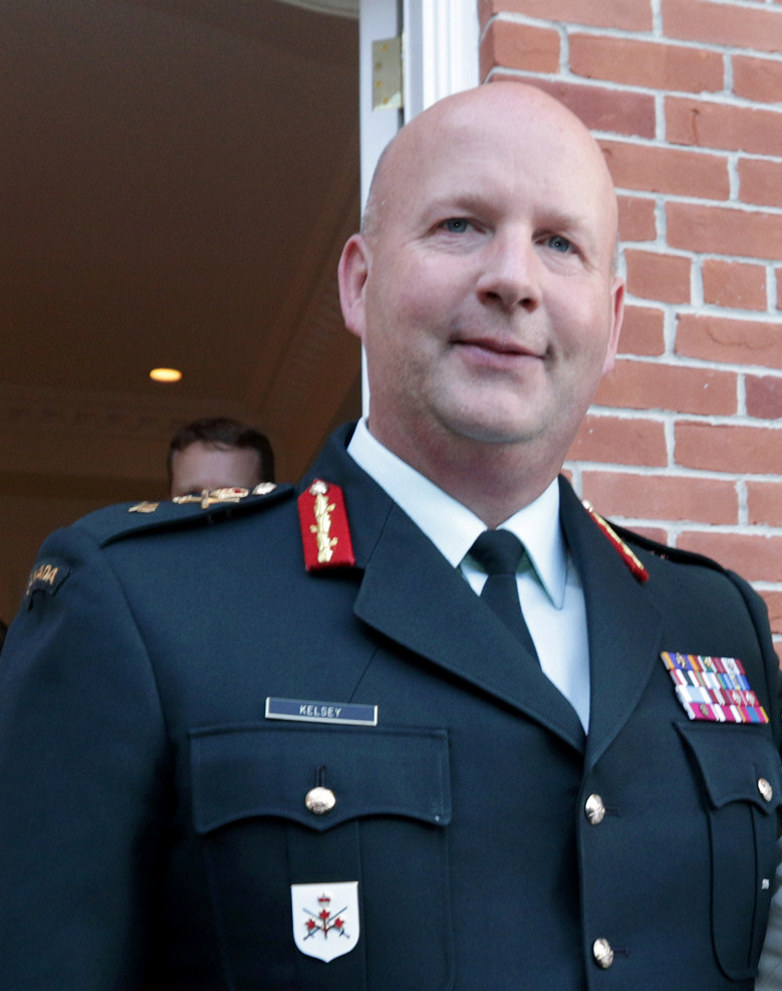
Vice-Chief of the Defence Staff Lt.-Gen. Stephen Kelsey stressed to the industry audience that the federal procurement system is “not behaving nor performing in the way it was conceived.” He said it has grown overly complex despite efforts to ensure appropriate oversight and mechanisms.
“We’re not complete buffoons. We are aware of the complexities of procurement, the frustration for you,” he said.
“We can’t keep doing what we’ve been doing in the way we’ve been doing.”
Kelsey called for a fundamental shift in “mindset” toward procurement, one that moves beyond policy targets and focuses on addressing security needs and vulnerabilities. Kelsey outlined that the mission centres on the defence and deterrence of North America, with a priority on achieving “war-fighting advantage.”
ikoca@hilltimes.com
The Hill Times






 LICENSING
LICENSING PODCAST
PODCAST ALERTS
ALERTS













